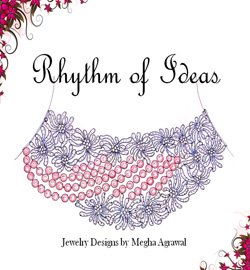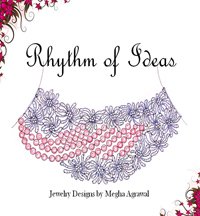Mohs Scale or Mohs Hardness Scale
Mohs Scale or Mohs Hardness Scale was created by German mineralogist Friedrich Mohs (this is the reason it’s never spelled "moh's") in the year 1812.
The method of comparing hardness of different minerals (by scratching each other) is very old. It was first mentioned by Thephrastas (successor of famous Greek philosopher Aristotle) in his works "On Stones" in 300 B.C.
Principle of Mohs Hardness Scale
It’s a relative and not an absolute scale. This scale characterizes the scratch resistance of various minerals.
It is based on the principle that if a material A is able to scratch material B then A is relatively harder than B. This is one of the definitions of Hardness among the various in Materials Science.
How to use?
You can use this scale for measuring the hardness of any mineral by scratching it against any of 10 minerals mentioned in standard list of minerals. If a mineral scratches the other mineral, then it means former is harder. If both are able to scratch each other, then their hardness will be termed as same.
Revision Suggested
This scale was created in 1812 with the 10 standard minerals readily and easily available with diamond being the hardest of all and ranked 1st in the table (with hardness of 10).
But in recent times suggestions have been made to revise the scale to include 15 minerals for more accurate measurement of hardness. Reason being, there have been reports of materials harder than diamond (the hardest material). Also, read about hardness of diamond.
Absolute Hardness Scale
Through Mohs scale, absolute hardness cannot be measured because it’s a relative scale. So, it can be just used for hardness comparison.
For measurement of absolute hardness, Sclerometer is used.
| Sclerometer was invented by Professor Thomas Turner in 1896 because of which it’s also called Turner Sclerometer. In the Sclerometer test, the width of a scratch (made by a diamond under a fixed load, and drawn across the face of sample mineral under fixed conditions) is measured under microscope. |
Hardness Chart
Refer below table for Mohs and Absolute hardness of 10 standard minerals with their hardness in increasing order.
| Mineral | Mohs Hardness | Absolute Hardness | Image |
|---|---|---|---|
| Talc | 1 | 1 |  |
| Gypsum | 2 | 3 |  |
| Calcite | 3 | 9 |  |
| Fluorite | 4 | 21 |  |
| Apatite | 5 | 48 |  |
| Orthoclase Feldspar | 6 | 72 |  |
| Quartz | 7 | 100 |  |
| Topaz | 8 | 200 |  |
| Corundum | 9 | 400 |  |
| Diamond | 10 | 1600 |  |
Return from Mohs Scale to Diamond Information page
Return from Mohs Scale to Diamond Jewelry Homepage
I hope you'll not mind sharing this on Twitter, Facebook and with everyone else :)
Feel free to share if something is in your mind and want it to be covered on this site.
My Newsletter
Did you liked this article? Sign-up my FREE weekly newsletter and I'll send you more awesome new additions on this website along with latest jewelry happenings around the world, and download my Jewelry Design Album for FREE!
 |
|


